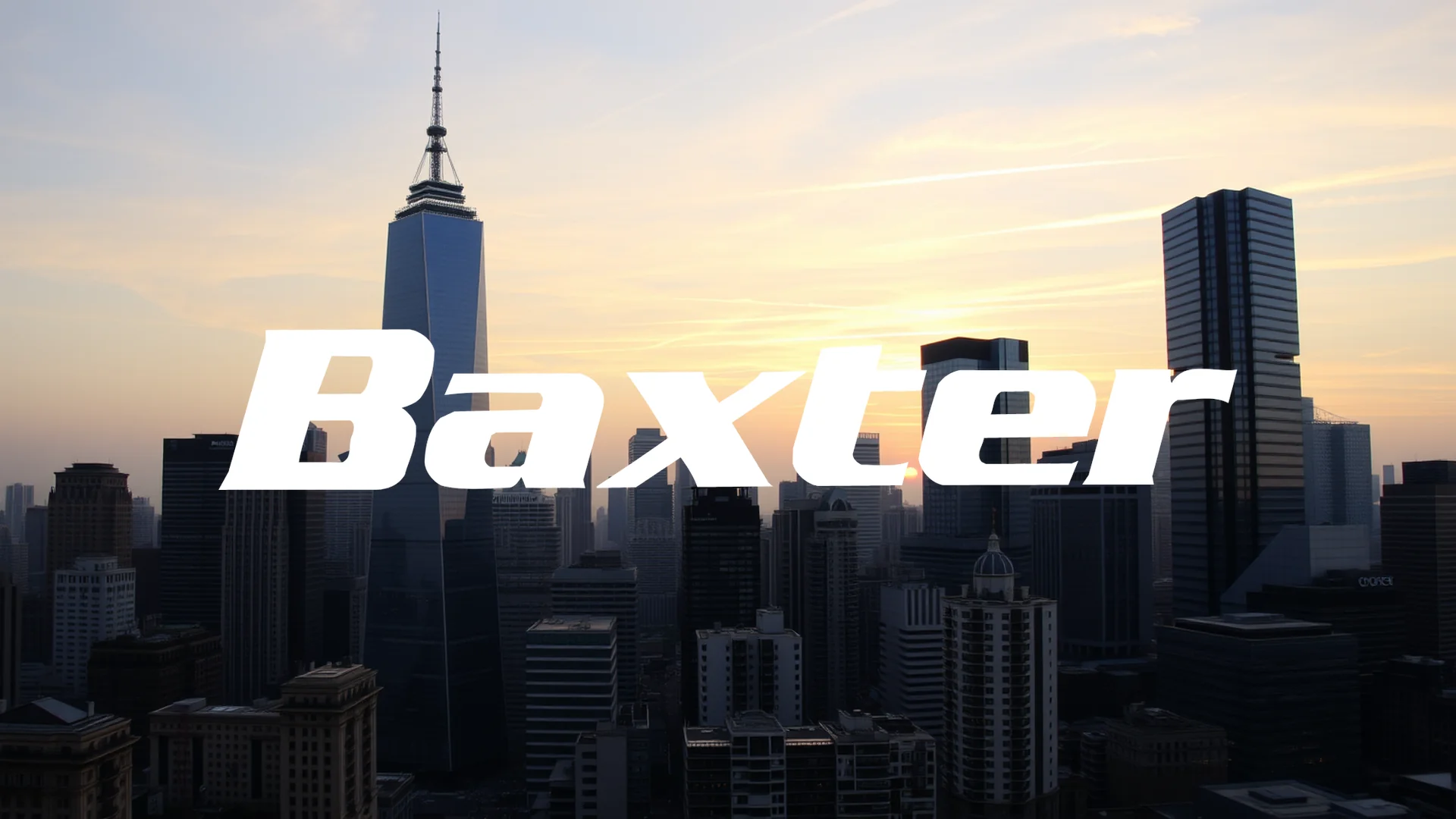The medical technology giant Baxter International finds itself navigating turbulent waters as disappointing financial performance and bearish technical indicators weigh heavily on its stock. Despite strategic leadership changes and new product launches, the company struggles to reverse a pronounced downward trend that has pushed shares to multi-year lows.
Financial Performance and Revised Outlook
Baxter’s recent quarterly report, released in July, served as the primary catalyst for the current pessimism. The company delivered results that fell short of market expectations, prompting a significant downward revision to its full-year guidance. Management now anticipates earnings per share to land between $2.42 and $2.52, a reduction from previous forecasts. Furthermore, the projected revenue growth was trimmed to a range of 3% to 4%, down from the earlier estimate of 4% to 5%. Quarterly revenue, while showing a slight increase to $2.81 billion, still missed analyst targets.
The company attributed these challenges to persistent weaknesses in its infusion solutions business, a lingering effect from a hurricane-related factory shutdown in 2024, and ongoing issues with its Novum infusion pump line.
Leadership and Financial Maneuvers
In response to these headwinds, Baxter has initiated several strategic moves. The appointment of a new Chief Executive Officer, Andrew Hider, signals an effort to chart a fresh course. Complementing this leadership change, the corporation secured a substantial $2.2 billion credit facility, bolstering its financial flexibility to navigate the current storm. However, these measures have so far been insufficient in alleviating investor concerns about the firm’s fundamental operational hurdles.
Should investors sell immediately? Or is it worth buying Baxter?
A Glimmer of Innovation
On a more positive note, Baxter continues to invest in its future. In mid-September, the company launched the “Welch Allyn Connex 360 Vital Signs Monitor,” a new patient monitoring system designed to enable earlier detection of patient deterioration. This innovation represents a potential long-term strength that could enhance Baxter’s competitive standing in the medical technology landscape.
Divided Analyst Sentiment vs. Steady Institutional Hand
The analyst community reflects a split verdict on Baxter’s prospects. Goldman Sachs maintains a “Conviction Buy” rating with a $37 price target, expressing strong confidence. In contrast, other major firms including Citi, Bank of America, and UBS have adopted a more cautious neutral stance, with price targets ranging from $34 to $40. Notably, institutional investor Pzena Investment Management continues to hold a significant 10.8% passive stake, demonstrating a vote of long-term confidence from a major shareholder.
Technical Picture Reinforces Bearishness
From a charting perspective, the outlook remains weak across all time horizons. Technical analysts note a prevailing negative signal that supports a short-term bearish posture. Although a specific oscillatory pattern has been identified that suggests a favorable 53:1 risk-reward ratio for certain tactical trades, the broader technical framework is dominated by selling pressure. The share price continues to hover near its 52-week low, struggling to mount a sustained recovery.
The critical question for investors is whether new leadership, product innovation, and financial resources can combine to halt Baxter’s decline. The upcoming quarterly earnings report will be a crucial test, indicating whether the company is gaining control over its operational issues or if the downward trajectory will persist.
Ad
Baxter Stock: Buy or Sell?! New Baxter Analysis from December 24 delivers the answer:
The latest Baxter figures speak for themselves: Urgent action needed for Baxter investors. Is it worth buying or should you sell? Find out what to do now in the current free analysis from December 24.
Baxter: Buy or sell? Read more here...










